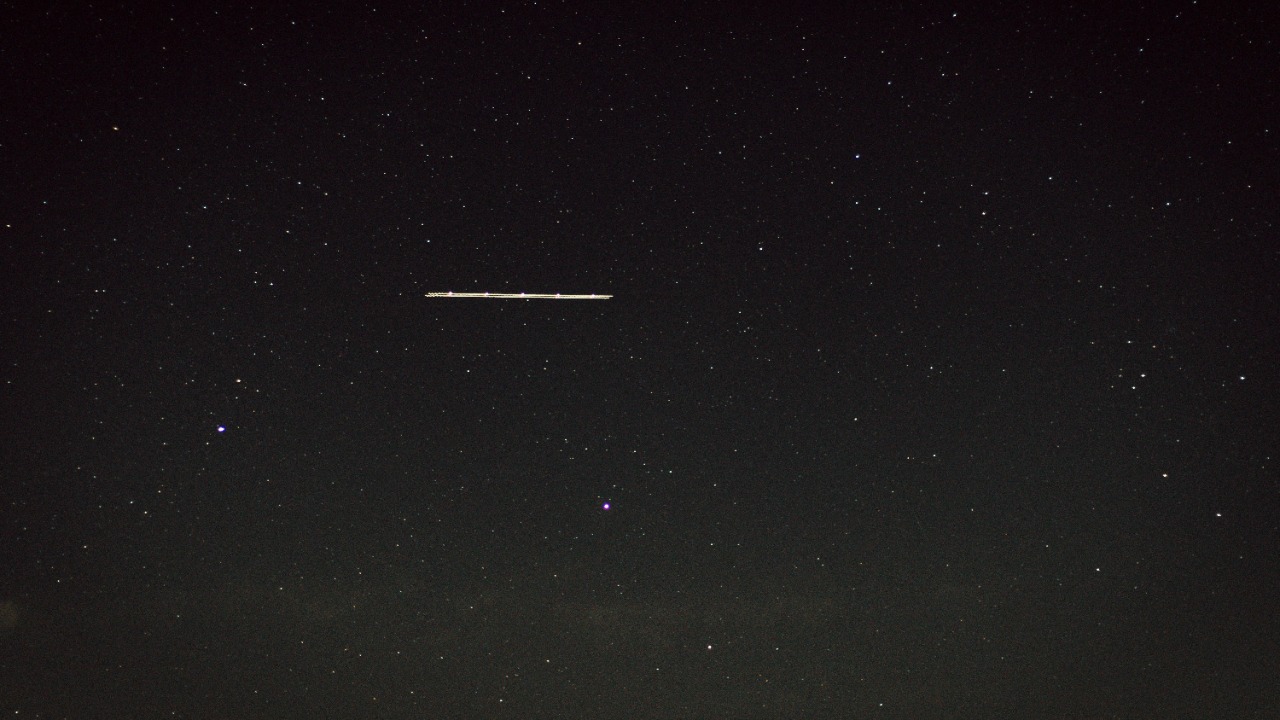
Unexplained flashes of light captured during sky surveys in the 1950s have puzzled researchers for decades. Some suggest these anomalies could be evidence of UFO activity or even linked to nuclear testing. Recent analysis, however, proposes a more terrestrial explanation: these bright anomalies in 70-year-old photos might stem from early satellite launches. As debates continue, experts weigh whether the flashes represent advanced human technology, Cold War experiments, or something more mysterious.
The Enigma of 1950s Sky Surveys
The flashes first appeared on specific photographic plates from the 1950s, captured during wide-field sky mapping efforts conducted by observatories of that era. Their brief duration and high intensity initially baffled astronomers reviewing the archival images. These anomalies were documented in survey logs without immediate explanation, setting the stage for later investigations.
Early Speculation and UFO Links
In the post-World War II era, these flashes were first associated with unidentified flying objects, amid rising public interest in aerial phenomena. Key 1950s reports where witnesses or researchers interpreted similar lights as potential UFO sightings drew parallels to the photographic evidence. The cultural context of the time, including Cold War tensions, amplified perceptions of the flashes as signs of extraterrestrial visitors or secret aircraft.
Nuclear Testing as a Potential Culprit
Some evidence suggests the flashes could result from atmospheric effects of nuclear detonations, such as those conducted in the Pacific during the 1950s. Researchers argue that high-altitude blasts produced ionized trails mimicking the observed light bursts in sky photos. Specific tests, like Operation Dominic in 1962, align with the timing of the survey anomalies, implicating earlier 1950s events.
Satellite Launches and Technological Explanations
Recent findings by astronomers attribute the flashes to reflections or exhaust plumes from early satellite deployments in the late 1950s. Launches like Sputnik in 1957 could have created visible streaks captured inadvertently in ground-based surveys. Modern image analysis confirms these as human-made artifacts, providing a non-UFO resolution to the long-standing mystery.
Researchers Weigh In on Multiple Theories
Some scientists advocate for a combined explanation, arguing that UFO interpretations, nuclear effects, and satellite activity might all contribute to the flashes. Experts emphasize a “why not both” approach, highlighting the overlap between extraterrestrial hypotheses and Cold War-era innovations. However, ongoing debates persist, with some researchers maintaining that the flashes’ irregularity points beyond conventional sources.
Implications for Modern Ufology
Resolving the 1950s flashes could influence current UFO investigations, potentially validating or debunking archival evidence. Advanced tools like digital enhancement play a crucial role in re-examining old photos for new insights. These developments reflect broader lessons for distinguishing natural, human, or unknown phenomena in astronomical data, reminding us of the importance of keeping an open mind in the face of the unexplained.
More from MorningOverview